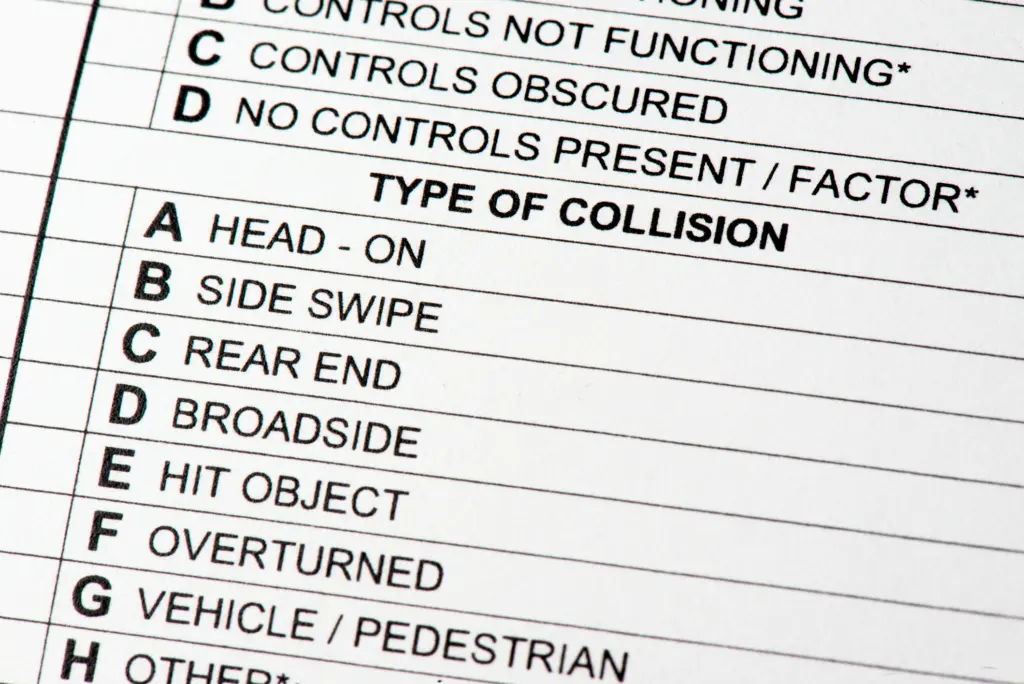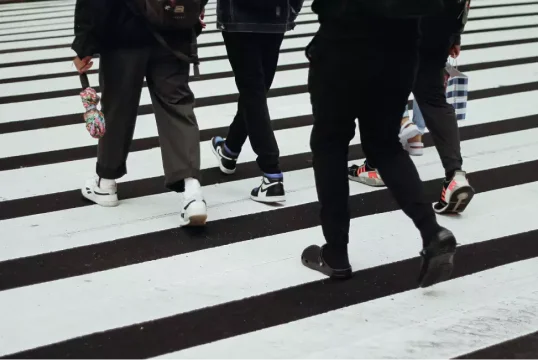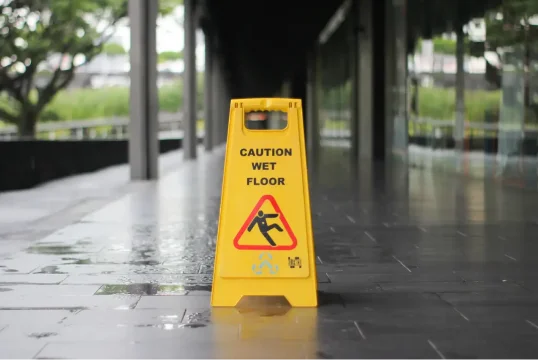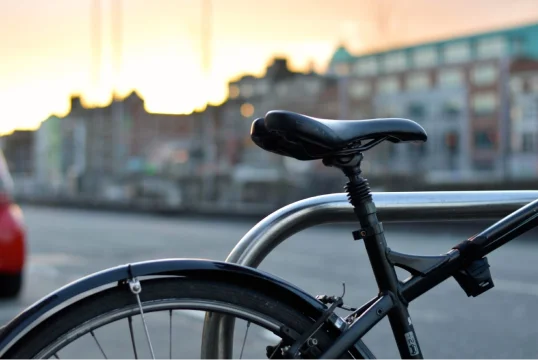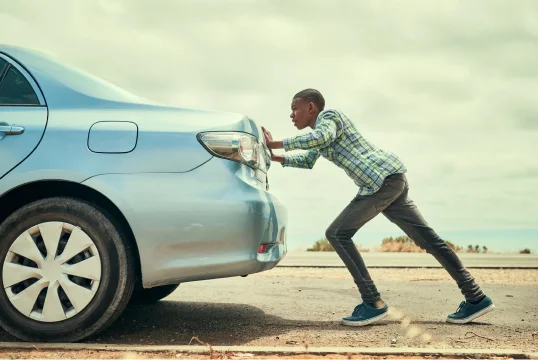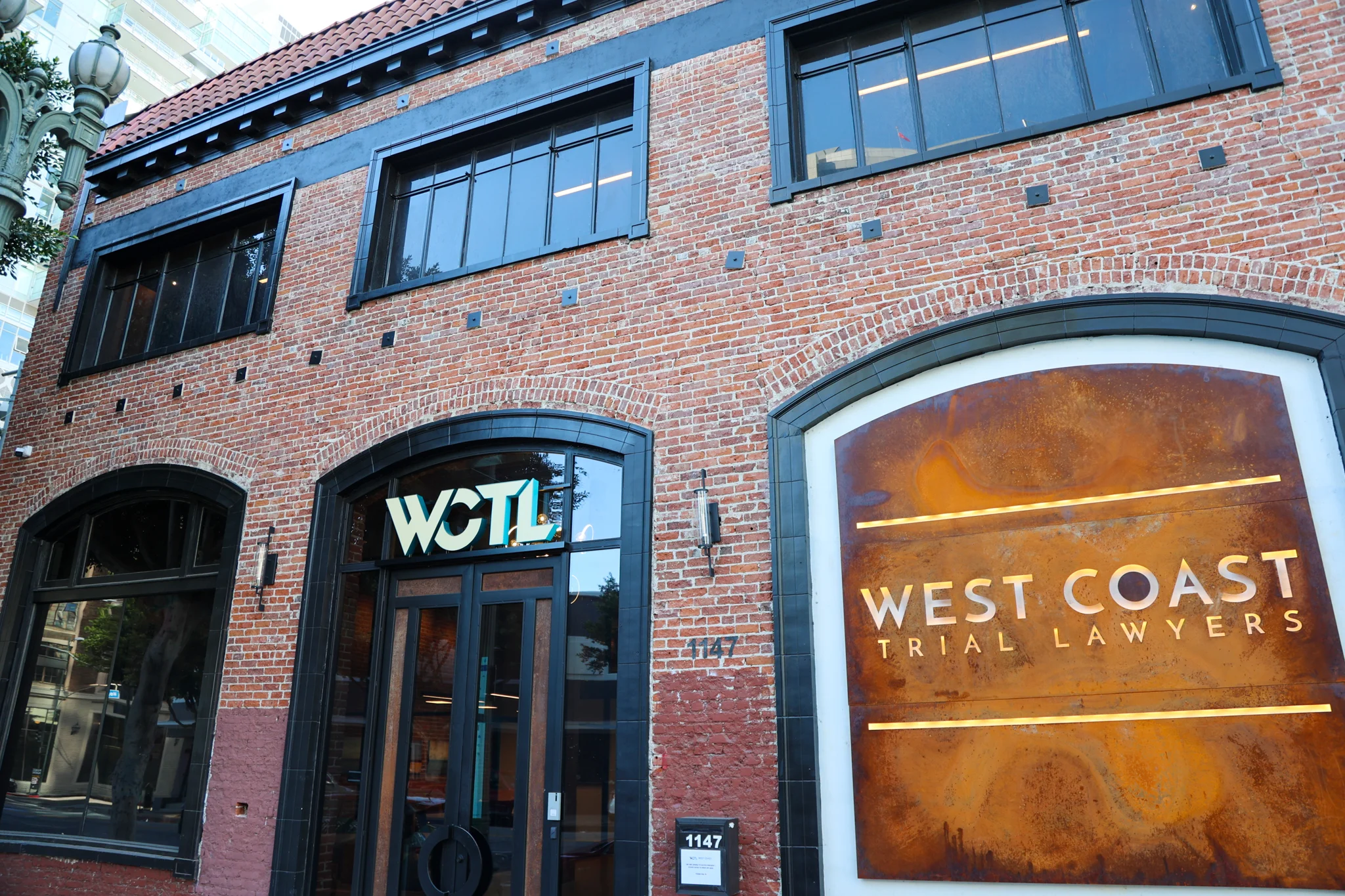In a world where social trends evolve rapidly, few customs have stood the test of time quite like the sidewalk rule. Often discussed in the context of chivalry and dating etiquette, the sidewalk rule suggests that a man should walk on the outer edge of the sidewalk (closer to the street) when walking alongside a woman. While it may seem miniscule, this gesture has deep cultural roots and, in today’s legal landscape, even ties into pedestrian safety and personal injury law.
At West Coast Trial Lawyers, we understand that tradition and legal responsibility sometimes overlap. In this article, we break down the sidewalk rule from every angle: cultural, historical, legal, and practical, especially in the context of California pedestrian law. Let’s take a deeper look.
The Sidewalk Rule: A Quick Definition
The “sidewalk rule” refers to a traditional gesture where a man positions himself on the street-facing side of a sidewalk while walking with a woman. The practice symbolizes protection, shielding a companion from traffic, splashes, and any potential street-side danger.
Though not made law, the sidewalk rule is a widely recognized social tradition that’s recently resurfaced on social media, particularly on platforms like TikTok, where users view it as a testament of chivalry or relationship dynamics.
Where Did the Sidewalk Rule Come From?
The origins of the sidewalk rule can be traced back to centuries-old European etiquette. In the past, streets were unpaved and often lined with open gutters. Men would walk closest to the road to shield women from splashes of mud, horse-drawn carriages, and even waste tossed from windows above.
As cities modernized and streets became safer, the tradition evolved into a symbol of male courtesy and romantic attentiveness. In the Victorian era and early 20th century, the gesture was considered part of a gentleman’s duty. Fast-forward to today, and we’re seeing a cultural resurgence driven by social media.
Interestingly, many young couples now debate whether the sidewalk rule is a sweet gesture or an outdated form of gender role enforcement. Regardless of where one stands on the issue, it’s clear that the tradition still stands, especially when it comes to how we think about safety and consideration in relationships.
Is the Sidewalk Rule a Law?
No, the sidewalk rule itself is not part of any official California law. However, its symbolic purpose (protecting pedestrians from danger) does overlap with actual legal duties involving pedestrian safety and traffic regulations.
California Vehicle Code § 21950, for instance, requires drivers to yield to pedestrians in marked and unmarked crosswalks. It also states that pedestrians must not suddenly leave a curb and walk into the path of a vehicle. These shared responsibilities underscore that safety is a two-way street.
Sidewalk Rule Meets Social Media: TikTok’s Role
The sidewalk rule became a trending topic on TikTok, where users post videos praising partners who instinctively follow the rule. These clips go viral, accompanied by comments like “He passed the test!” or “Green flag behavior.”
What makes the trend so compelling is its mix of romantic symbolism and public accountability. A quick scroll through the #SidewalkRule hashtag shows us millions are still sharing and discussing the century old topic.
But beyond the surface-level cuteness lies a more serious takeaway: people value feeling protected, especially in a world where pedestrian accidents and distracted driving are on the rise.
Legal Obligations: Sidewalk Safety and Property Owners
Another area where sidewalk safety comes into play is premises liability. In California, municipalities and sometimes private property owners can be held liable for sidewalk defects that lead to injury.
If a pedestrian trips on a broken sidewalk, legal outcomes may hinge on the “two-inch rule”, a standard courts often apply to determine if a height differential is large enough to be considered dangerous. So while the social media version of the sidewalk rule is about romantic protection, the legal version could influence whether someone receives compensation after an injury.
Does the Sidewalk Rule Actually Make You Safer?
Symbolically, yes. Practically, it depends. In high-traffic areas like Los Angeles or San Francisco, walking closer to the street can mean greater exposure to speeding vehicles, bike lanes, and rideshare drop-offs. While it may not prevent an accident, having the more aware or physically able person on the street-facing side can reduce risk if a quick reaction is needed.
However, the sidewalk rule doesn’t replace basic safety principles:
- Always use marked crosswalks
- Stay alert when walking near traffic
- Avoid distractions like phones or loud headphones
The Sidewalk Rule in California Pedestrian Law
California has one of the highest pedestrian fatality rates in the country. According to the Office of Traffic Safety, over 1,000 pedestrians are killed each year in traffic collisions. Here’s what the law says:
- Drivers must yield to pedestrians at marked and unmarked crosswalks (CVC § 21950).
- Pedestrians must not leave a curb suddenly and must obey traffic signals (CVC § 21955).
- In areas without sidewalks, pedestrians are advised to walk on the left side of the road facing oncoming traffic (CVC § 21956).
Knowing these laws can help protect you from harm and can also determine liability in the event of a lawsuit.
When Sidewalks Themselves Are Unsafe
Who is responsible when a sidewalk is broken or obstructed? In many California cities, local governments are liable for maintaining sidewalks, but this can vary. Under California Government Code § 835, public entities can be held liable for injuries caused by dangerous conditions on public property if they had actual or constructive notice of the hazard.
Our firm has successfully represented pedestrians who were injured due to unsafe sidewalks, missing curbs, or poor signage. If you were hurt due to a neglected walkway, you may have a claim for damages.
Injured While Walking in California? We’re Here to Help
The sidewalk rule may have started as an old-school gesture of chivalry, but in today’s context, it carries new weight. From viral trends to actual sidewalk safety laws, the conversation around this simple act has evolved into something much bigger.
If you or a loved one has been injured in a pedestrian accident, sidewalk fall, or traffic-related incident, our experienced attorneys are here to protect your rights. We’ve recovered millions for injury victims and are committed to getting you the justice you deserve.
Call (213) 927-3700 or fill out our online contact form for a free consultation today!












